Fermented foods: get to know their benefits!
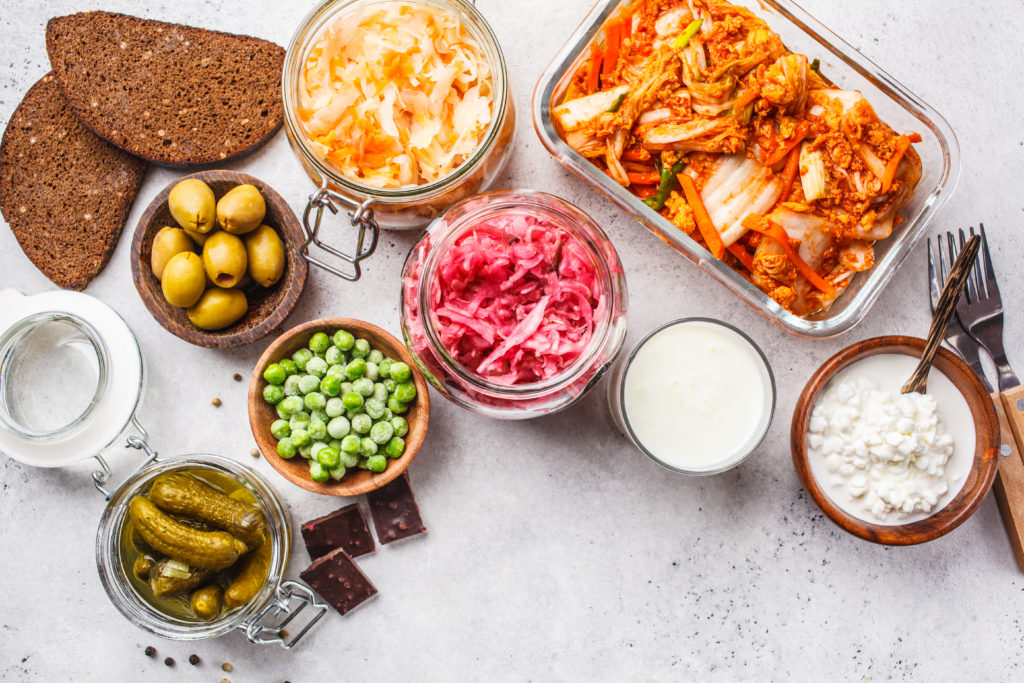
Contents
The consumption of fermented foods has gained popularity in recent years as more and more people experience the incredible benefits they provide to the body.
Maybe you find it a bit appetizing when you think of eating food with a certain decomposition but you should know that fermentation is a very old chemical process in which nature does amazing things. The carbon dioxide, alcohol, and bacteria released in the process are really healthy and also enhance the flavors of our dishes. Have you noticed how your palate awakens when you pair your food with a fine wine or spirit, or even when you add pickles to a hamburger?
We tell you why you should add fermented foods into your daily basis!
Main benefits
- They are multivitamins
They provide many vitamins, including C, which helps to strengthen the immune system; K2 to strengthen bones; and those of group B to maintain healthy blood levels.
- They improve the functioning of the gastrointestinal tract
Did you know that 80% of the immune system is located in the intestine? Our body needs enough enzymes to digest and absorb nutrients properly. This is exactly where fermented foods, which are rich in these enzymes, play a leading role thanks to the large number of probiotics that contribute to intestinal health and, therefore, to the whole organism.
- Get rid of toxins
Among its enzymatic functions is eliminating toxins and unnecessary waste in the body. Digestion will work even better and food will be assimilated easily.
- Prevent diseases
When the gut flora is stable there are no alterations or inflammation. This can prevent illnesses like colitis, gastritis, and even more serious ones like gastrointestinal cancer.
Our Top 5 of fermented foods
What are the best fermented foods? The answer is all those that delight your taste buds and your body tolerates —of course, without excesses—. We show you some of our favorites since you can easily find them in healthy and organic food stores:
Sauerkraut
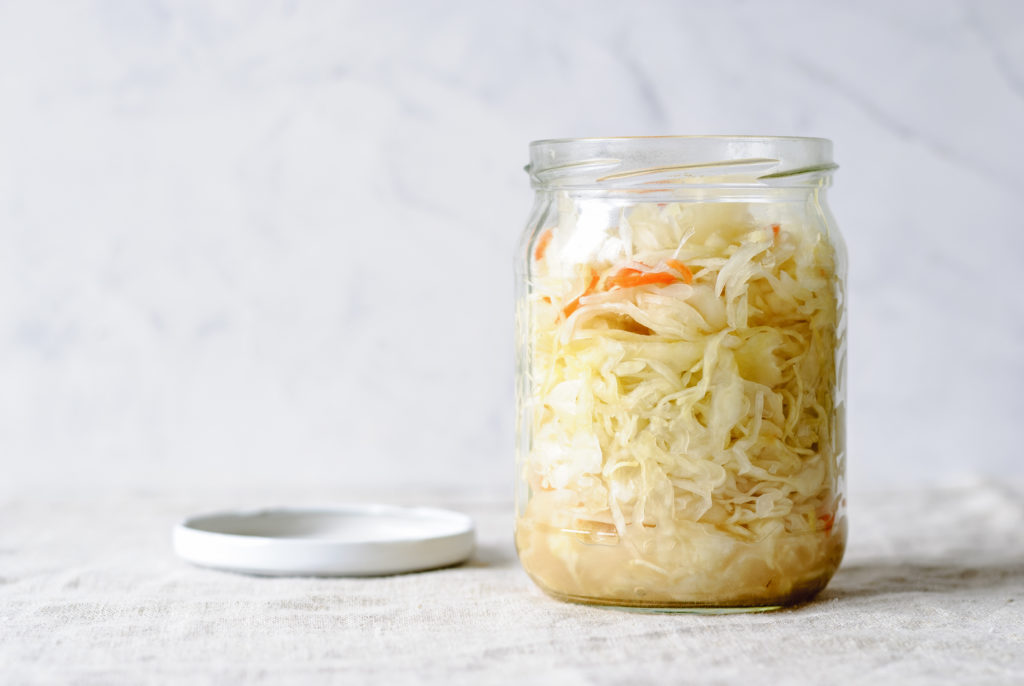
The sauerkraut is the fermented white cabbage. It is also known as “sour cabbage” and it contains high levels of vitamin C, as well as isothiocyanate, a substance that has been used to study cancer.
Kefir

Kefir comes mostly from milk, and it also can be obtained from vegan milks (almond, coconut, soy, etc.) for those who have lactose intolerance. It has a wide bacterial diversity and is considered one of the most powerful probiotics for its antioxidant and anti-inflammatory properties, as well as calcium and magnesium. If you are not a fan of dairy products, you can try water kefir (although it is more difficult to find in the market).
Kombucha

This fermented food has won the hearts of tea lovers. It is a product that has been consumed for thousands of years in China. Some recent studies have confirmed that, apart from providing beneficial bacteria, it protects the liver, is anti-diabetic and anti-cancer.
Greek yogurt
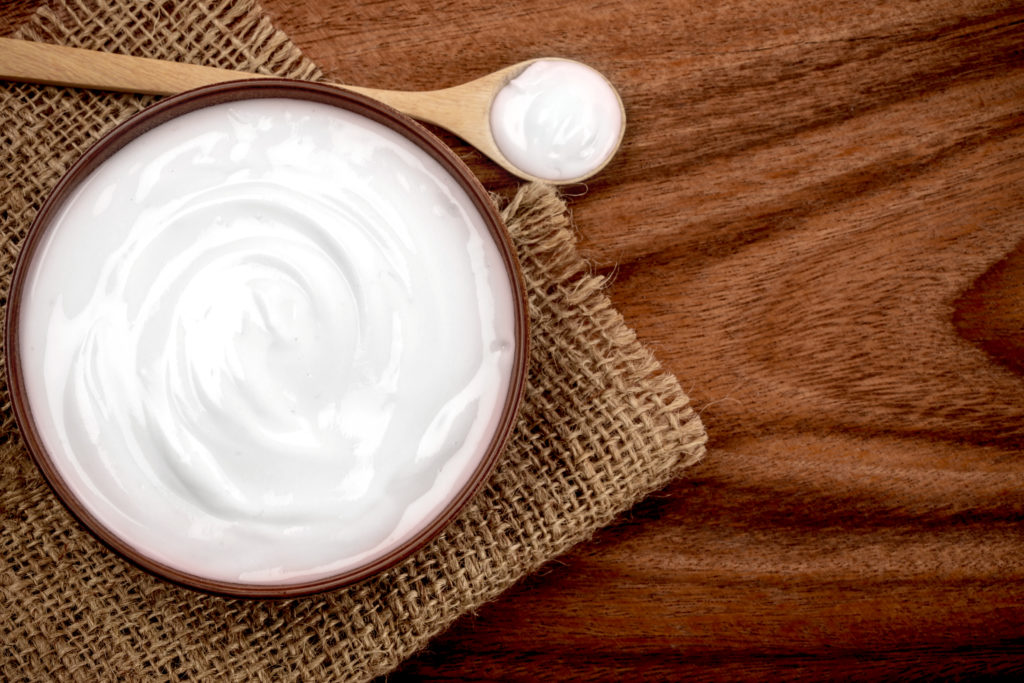
One of the most common fermented foods in families’ fridges. Unlike conventional yogurt, the Greek type has more protein and fewer carbohydrates and sugars, which is essential for people who want to lose weight. Compared to other dairy products, the body digests Greek yogurt better since the bacteria responsible for fermentation have previously digested the sugars and lactose.
Sourdough
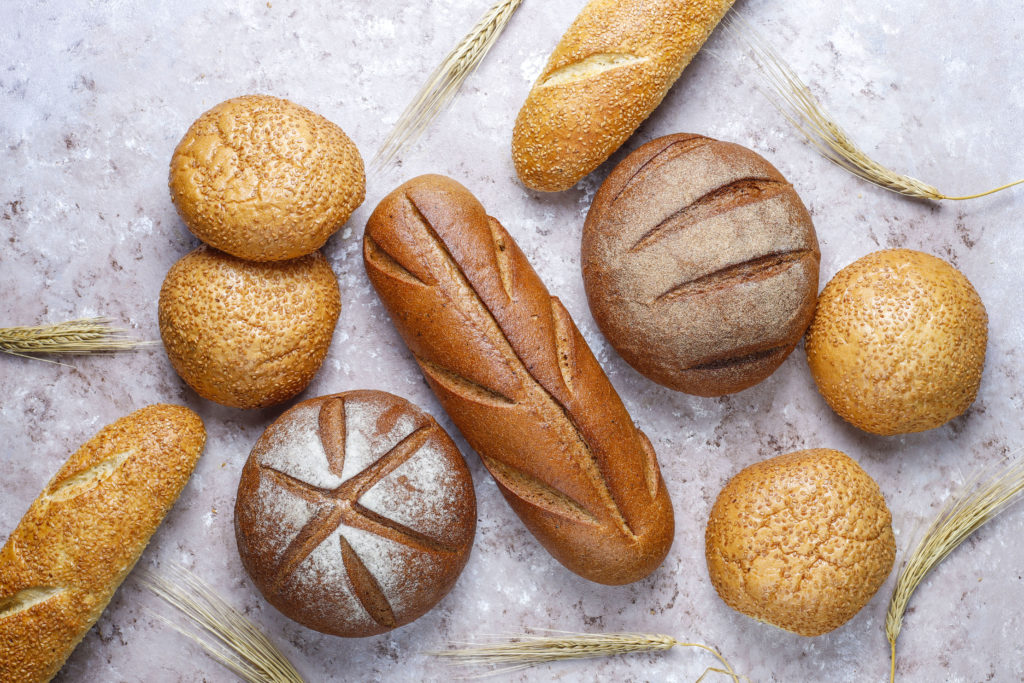
If you’ve ever heard or even eaten sourdough bread, but you don’t know exactly why it’s better than regular bread, here’s an explanation. The sourdough is the ferment obtained from the combination of flour and water. In fact, it is one of the most archaic processes for making bread. It is a quite slow process since the bacteria feed little by little, day by day; this causes that flour increases its size because the bacteria act as a natural yeast, and adding the artificial one is completely unnecessary. They also improve the nutritional value of the dough by breaking down the carbohydrates and reducing gluten.
In addition, an enzyme called phytase is produced, which contributes to the proper functioning of the intestine and provides minerals such as zinc, iron, and magnesium.
As a gift, we share with you an exquisite sourdough recipe created by Guillaume Morancé, Executive Chef of Grand Velas Riviera Nayarit. What better than making your own artisan bread?
Sourdough bread recipe
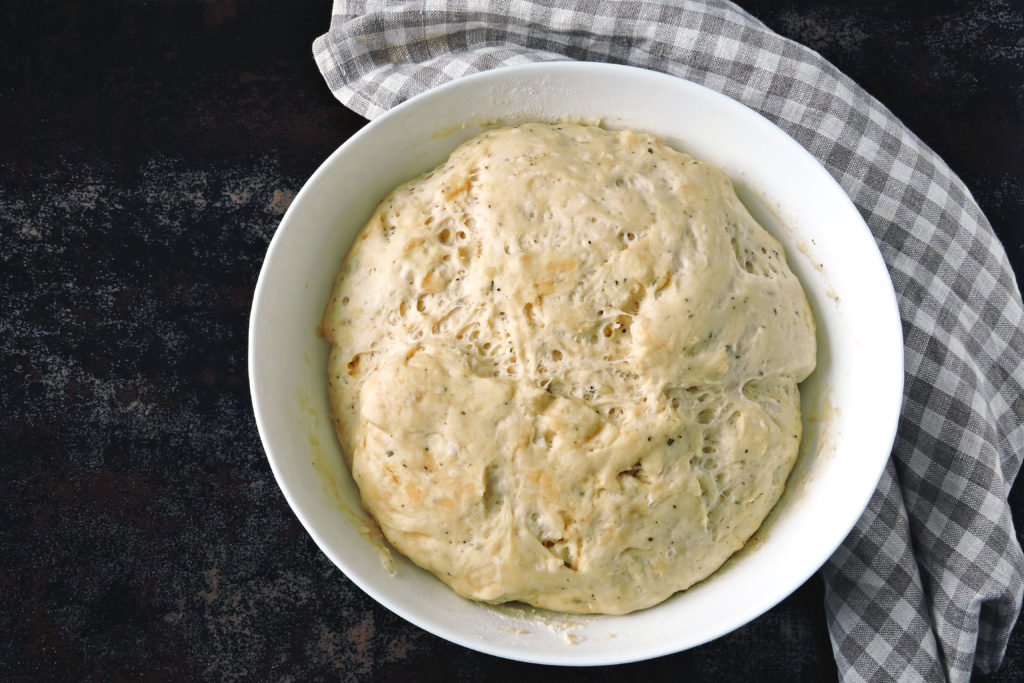
Instructions for the sourdough:
Day 1
- 1 fl. oz. water
- 1 oz. whole wheat flour
Mix the whole wheat flour and the water in a jar until a homogeneous paste is obtained. The texture
and consistency must be of a purée or porridge; then close the bottle and leave it at room temperature (75 – 80 °F) for 24 hours.
Day 2
Feed and refresh the sourdough, this means to give new food to the microbial population and dilute the accumulated waste. To do this, add a heaped tablespoon of whole wheat flour and another of water to the mixture, mix well until the ingredients are incorporated and close again. Leave at room temperature for 24 hours.
Day 3
Today some bubbles are likely to appear, that’s good. Once again, add one tablespoon of whole flour and another of water, mix everything well and leave it closed at room temperature.
After those three days, if you see that the mixture grew by at least 50% in the jar and is filled up with bubbles, that will indicate that it’s ready to start making bread.
Ingredients:
- 0.7 oz. salt
- 5.6 oz. active sourdough
- 25 fl. oz. water
- 2.2 lb. whole wheat flour
Instructions for the bread:
- Hydrate the salt with a tablespoon of water (brine).
- In a bowl, incorporate the sourdough into the water and with a fork disperse it and dissolve any lumps that may be present. Add flour until it is fully hydrated. Cover with a plastic film or a clean cloth and let it rest at room temperature between 30 and 60 minutes. Incorporate the salt into the dough.
- Always inside the bowl, take the dough from a point close to the edge, stretch it out and fold over on itself. The bowl is turned a quarter; take the dough from the next point again, repeating the operation. Cover it with a plastic film and let it rest for 30 minutes.
- Now, the first fermentation begins: Rest for approximately 3 hours at room temperature, and during this time, perform intervals of series of folds every 30 minutes (3 or 4 times).
- Carefully remove from the mold on a floured table (you must be careful not to degas the dough). Make a ball by folding the edges to the center, and place it in a mold.
- The final fermentation takes place for 2 hours at room temperature. Cut crosswise with the help of a razor blade knife, and bake at 428 °F for 15 minutes with steam. Continue cooking at 392 °F for approximately 30 minutes more to achieve a golden crust.
- Remove from the oven and check if it is cooked completely, and let cool on a rack.
- Accompany your bread with cheeses, cold meats, jams, or a comforting hot drink.

We recommend 100% organic fermented products, since the industrialized ones often force the fermentation process, add vinegar that kills good bacteria, and contain excess sodium, which can cause damage to your body, far from benefiting it. And remember that everything in excess is bad, so before integrating these foods into your daily diet, consult a nutrition expert first.
Comment in the box below which of these foods you have tried or which others are on your favorites list!


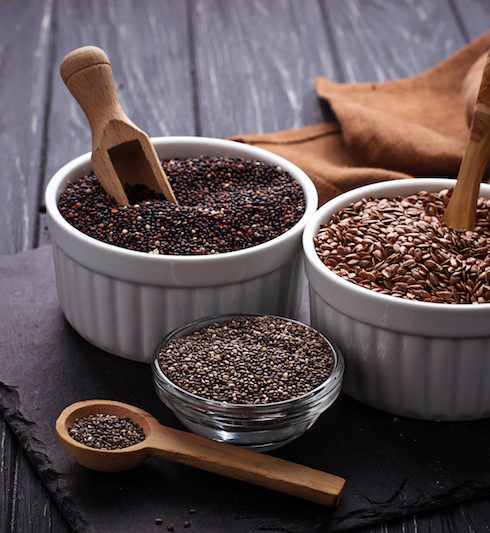


6 Comments
Eli Richardson
3 years agoIt’s great to know about fermented foods and how they boost our digestive system and remove toxins from it. Last week, I realized I gained some weight, so I want to start eating healthy and working out, and I believe your article will help me learn a lot about fermented foods. I appreciate your insight on how our digestive system could get detoxed with fermented foods.
Velas Magazine
3 years agoHello Eli! It’s lovely to hear from you, and let us know that this helped you! We hope you achieve your goals. Warm hugs from Nuevo Vallarta.
Modern Foods
2 years agoYour diet is a bank account, good food choices are good investments.
Velas Magazine
2 years agoHello, Modern Food. We couldn’t agree more about this. Thank you for reading us!
Riya Singh
2 years agoThe information that you have shared is something amazing. Thanks for the benefits, subscribed your blog.
Velas Magazine
2 years agoThank you so much, Riya! It’s a pleasure.